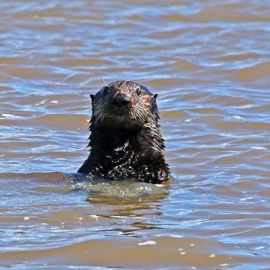
by Erika Zambello
I stood atop Yampah Hill with Kerstin Wasson, Research Coordinator for the Elkhorn Slough National Estuarine Research Reserve (ESNERR). A large tidal creek wove through the marsh grass, its arms snaking…
Read more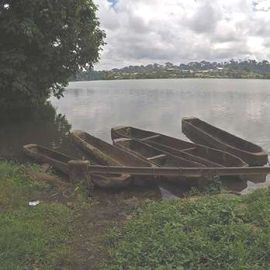
by Joe Cutler
Crowds of people funneled past me as I unloaded my sampling equipment from the back of a taxi in Cameroon’s Kumba Market. The driver helped me pull my gear from the trunk: a huge backpack, a sack of gillnets,…
Read more
by Erika Zambello
Established in 1999, the Grand Bay National Estuarine Research Reserve (GB NERR) now stretches across 18,000 acres. In addition to the estuary’s salt marshes, the reserve also covers rare pine savannas,…
Read more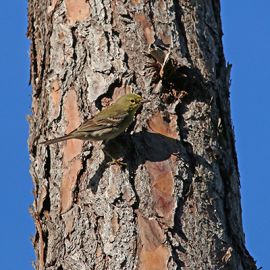
by Erika Zambello
Birders had their binoculars and checklists ready on May 13 for the annual Global Big Day, and I was one of them. Armed with my eBird phone app, which allows me to record when and where I see specific…
Read more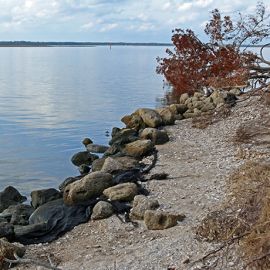
by Madison Toonder
Oysters are bivalve mollusks that provide shelter and food for a variety of organisms, all while improving water clarity and quality through filtration. Oyster reefs formed by aggregations of shells are…
Read more
by Erika Zambello
I disembarked at Guana Tolomato Matanzas National Estuarine Research Reserve (mercifully abbreviated to GTM NERR) with a group of practitioners, researchers and ecologists from around the world. The group…
Read more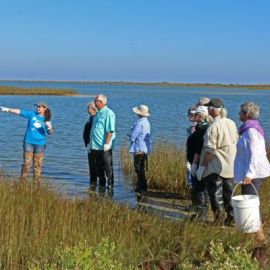
by Erika Zambello
Apalachicola Bay has long been famous around the world for its thousands of acres of oyster beds. In fact, in the past, 90 percent of Eastern oysters served in Florida were from Apalachicola.
Read more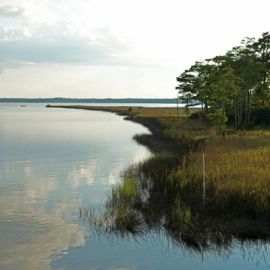
by Erika Zambello
Made up of over 6,000 acres along the coast of Alabama, the Weeks Bay National Estuarine Research is one of 28 sites around the country that are “protected for long-term research, water-quality monitoring,…
Read more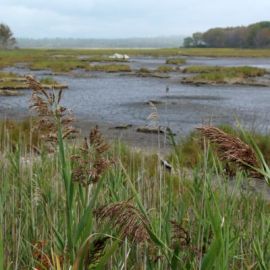
by Erika Zambello
Wells Reserve on the coast of Southern Maine was designated in 1984 and encompasses 1,600 acres. The reserve staff facilities sit within beautifully restored farm buildings.
Read more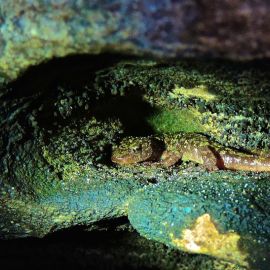
by Wally Smith
This is the case with the green salamander, one of the most unique amphibians in the salamander-rich Appalachian Mountains. The only truly green-colored salamander in eastern North America, the green salamander…
Read more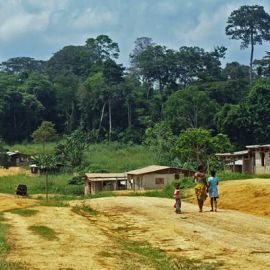
by Nina Hamilton
I came to Gabon to study how communities use and value their forest resources, what they see is threatening their resources and why all of that might differ across the landscape. All of the information…
Read more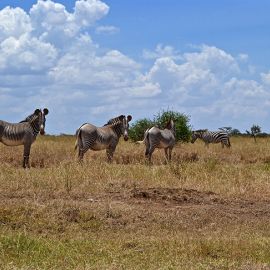
by Elizabeth Forbes
First thing on Monday morning, I get into the driver’s side of the Land Cruiser, grasping the “holy sh*t” handle to hoist myself up into the seat. My field team clambers into the back; the other front…
Read more
